Absorption and scattering levels change as the constituents of the atmosphere change. Clouds are the most familiar example of change; clouds can block most of the direct radiation. Seasonal variations and trends in ozone layer thickness have an important effect on terrestrial ultraviolet level.
The ground level spectrum also depends on how far the sun's radiation must pass through the atmosphere. Elevation is one factor. Denver has a mile (1.6 km) less atmosphere above it than does Washington, and the impact of the time of year on solar angle is important, but the most significant changes are due to the earth's rotation (see Figure 4). At any location, the length of the path the radiation must take to reach ground level changes as the day progresses. So not only are there the obvious intensity changes in ground solar radiation level during the day, going to zero at night, but the spectrum of the radiation changes through each day because of the changing absorption and scattering path length.
With the sun overhead, direct radiation that reaches the ground passes straight through the entire atmosphere, all of the air mass, overhead. We call this radiation "Air Mass 1 Direct" (AM 1D) radiation, and for standardization purposes we use a sea level reference site. The global radiation with the sun overhead is similarly called "Air Mass 1 Global" (AM 1G) radiation. Because it passes through no air mass, the extraterrestrial spectrum is called the "Air Mass 0" spectrum.
The atmospheric path for any zenith angle is simply described relative to the overhead air mass (Figure 4). The actual path length can correspond to air masses of less than 1 (high altitude sites) to very high air mass values just before sunset. Our Oriel Solar Simulators use filters to duplicate spectra corresponding to air masses of 0, 1, 1.5 and 2, the values on which most comparative test work is based.
 Over 8,000 products in-stock! & FREE 2-Day shipping on all web orders!* Learn More FREE T-Shirt with orders $250+ Details
Over 8,000 products in-stock! & FREE 2-Day shipping on all web orders!* Learn More FREE T-Shirt with orders $250+ Details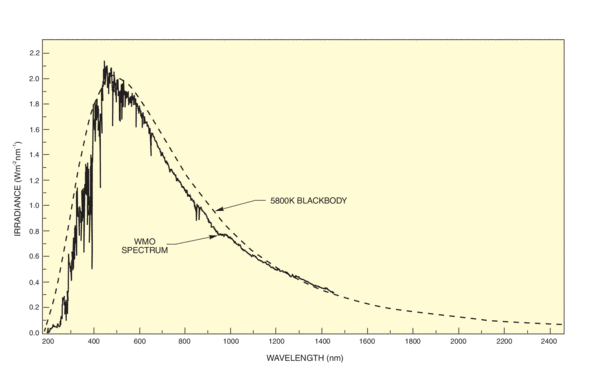
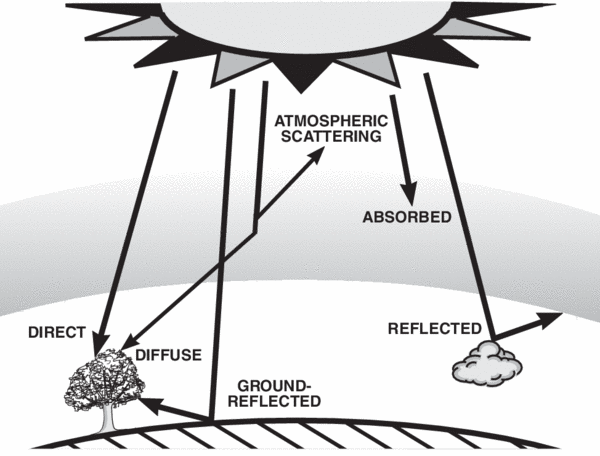
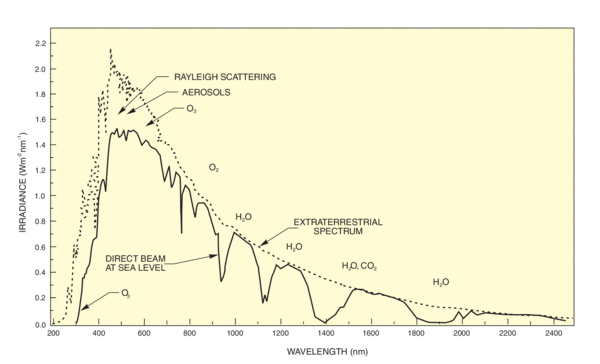
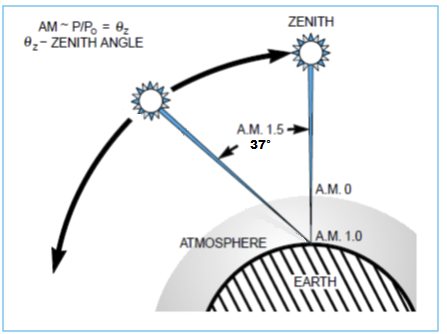
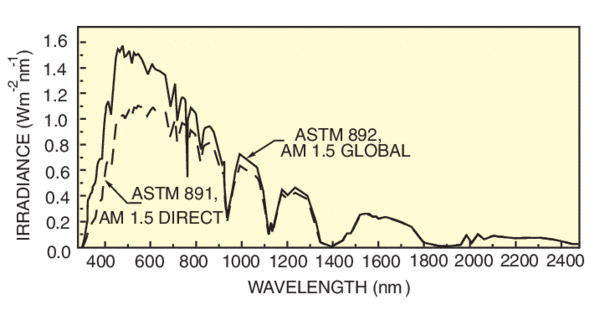
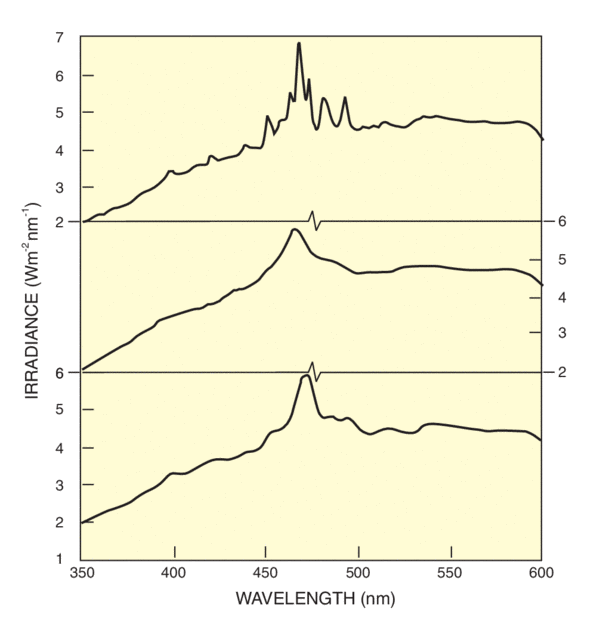
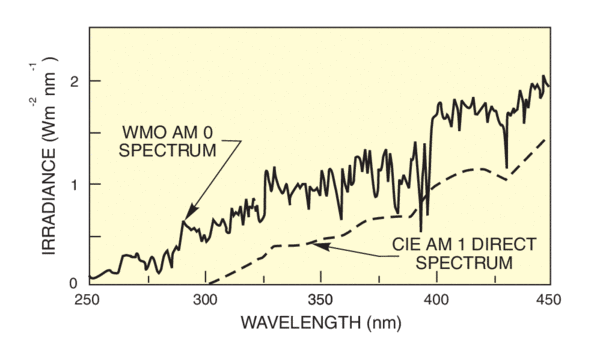
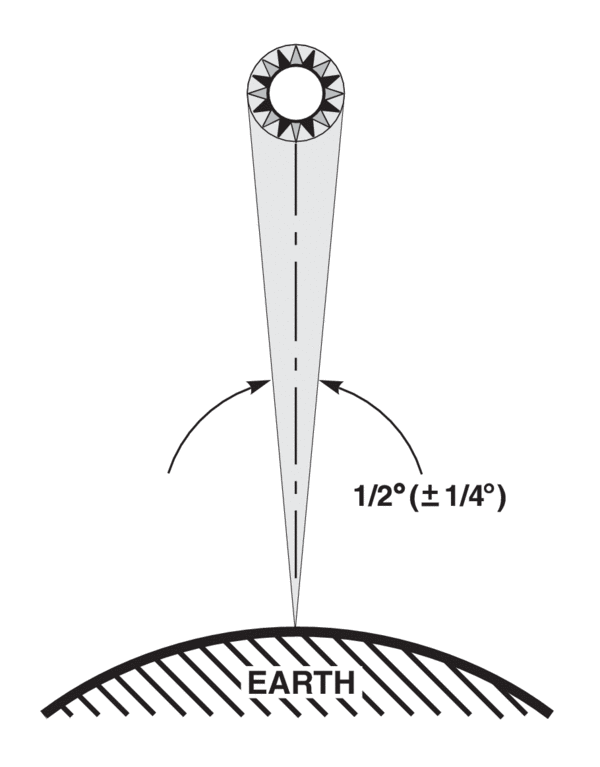
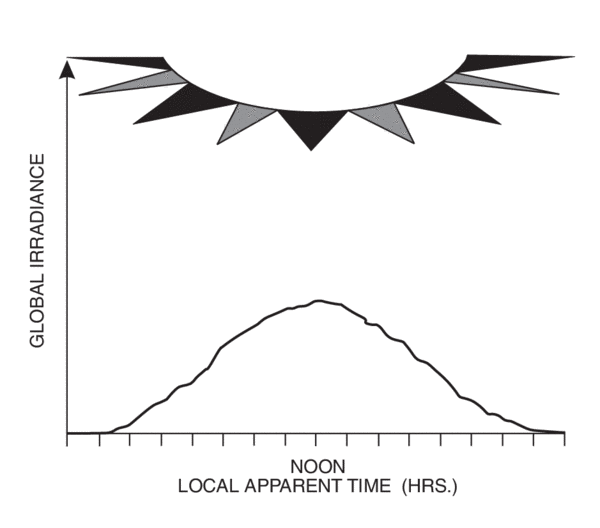
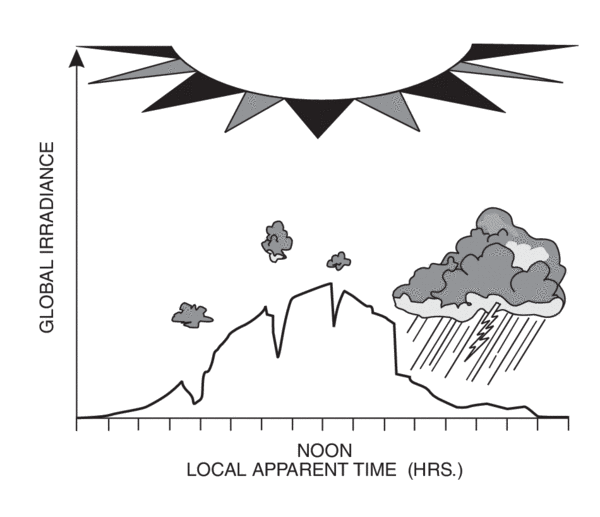
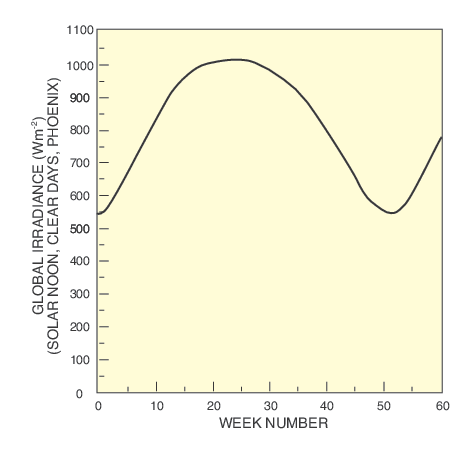
 Ultra-High Velocity
Ultra-High Velocity